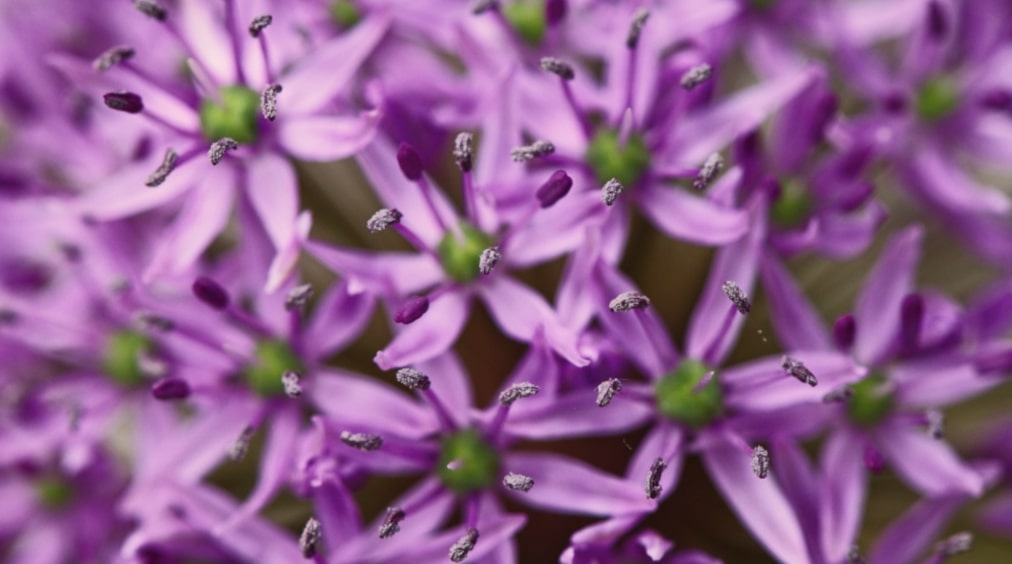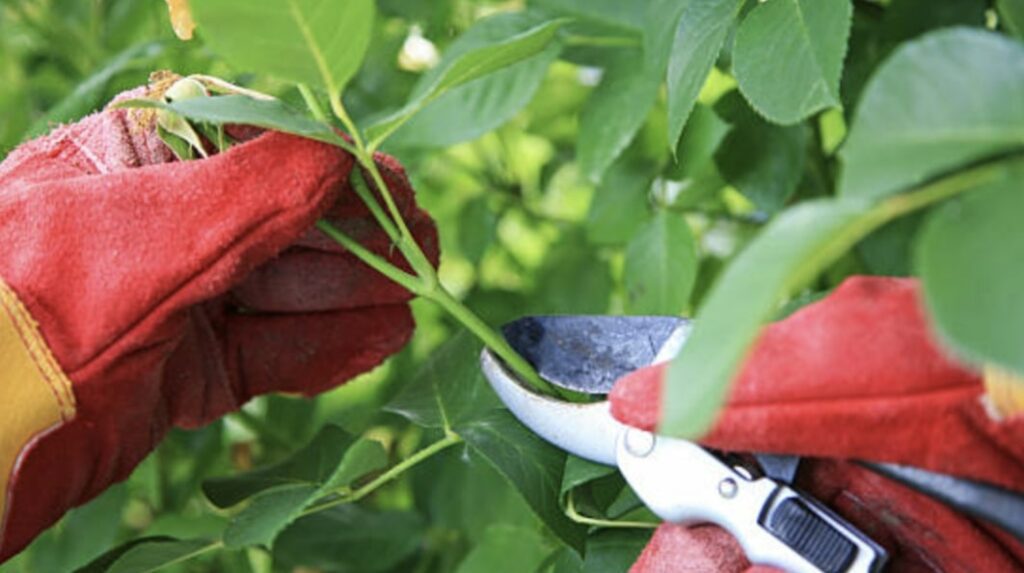Striking and unusual, an allium with its purple starry flowers will surely brighten any garden, patio, or terrace.
It interestingly belongs to the Allium genus consisting of vegetables like onions, leeks, shallots, and garlic. So it’s not surprising that it’s sometimes called a flowering onion.
Should you decide to plant or get one for your front yard or garden, you would need to know how to take care of it. Doing so will make them blissfully bloom year-round at your house!
So let’s start this guide with knowing how to plant alliums properly:
The Basics of Planting Allium Flowers


Allium flowers are known for being easy to grow. Depending on your choice, you can plant them in garden beds or boxes or display them in pots.
The flower prefers bright sun exposure every day, although they can survive in sheltered spots too where there’s not much wind to blow it apart.
Its flowering season occurs from May to July, and once they’ve done so, the blooms will last for roughly three weeks.
Moreover, its soil can be light to heavy as long as it is very well-drained. If you’re using cumbersome clay soil, add a layer of grit in the soil or plant holes to help open up the soil for watering.
Speaking of watering, it should be done regularly, especially for potted alliums. The reason for this is that potted alliums dry faster than those planted in a garden bed.
Concerning how deep you should plant alliums, multiply the bulb height by three. For instance, if the bulb is three inches, you should plant it nine inches deep in the soil.
Also, remember to space the bulbs eight inches apart from each other. This prevents the flowers from being cramped and tangled when they grow.
Another tip is to group about 10 to 15 bulbs in an area. In time, they will grow into colorful sets of alliums that will nicely ornament your home.
How to Trim or Prune Alliums


After three weeks of being in bloom, the flowers tend to fade. This is the time to deadhead them to make the surrounding flowers neat and lovely.
Cut the stems of the wilted flower using sharp garden shears. Make it as short as you can near the base of the closest branch to allow a new bud to develop from there—otherwise, the remaining stub where the flower used to be will die.
However, as for the leaves, leave them there for a while. Give them time to fade until you cut them because they still need to collect solar energy to make food, so they can flourish again for the next season.
Since the leaves turn unsightly yellow when they start to die, it’s a good idea to hide or cover them in the meantime by planting newer alliums around them.



